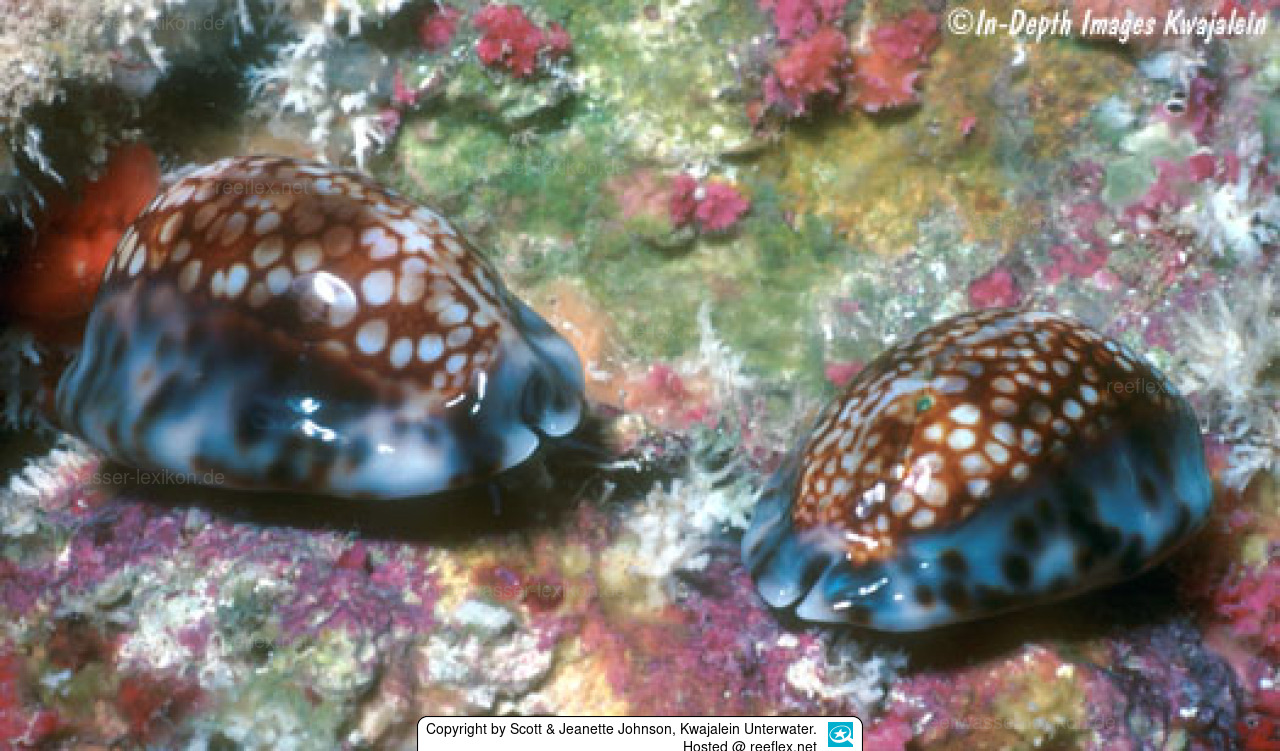Info
Mauritia depressa is a shallow-water-only species that prefers areas of strong water movement, usually at depths from the intertidal zone to less than 3 meters.
It lives on windward, seaward reef flats that are washed by waves on each incoming tide. On Kwajalein (Marshall Islands), it is most abundant in several reef quarries created by blasting and dredging to obtain aggregate for construction materials.
Inhabits rather rough waters, under slabs and stones, or in hollow corals near wave edges. Nocturnal on algal ridges and rock platforms. Also found in shallow intertidal areas.
The morphology of the clam is broad and flat at the base with a low rounded back.
This "crouched" shape probably makes the animal more resistant to wave action in its typical habitat. It resembles smaller specimens of Mauritia maculifera and is often confused with them.
However, the latter species always has a dark spot on the columellar side of the shell base; in M. depressa the base is white, except for the brown teeth around the aperture (which are also present in M. maculifera). The flatter, broader, and more depressed shape also distinguishes the two species, but this is a relative characteristic that can only be used if one has a number of specimens to examine. This species is widely distributed in the Indo-Pacific, with the notable exception of Australia.
Synonyms:
Arabica gillei Jousseaume, 1893
Cypraea depressa J. E. Gray, 1824
It lives on windward, seaward reef flats that are washed by waves on each incoming tide. On Kwajalein (Marshall Islands), it is most abundant in several reef quarries created by blasting and dredging to obtain aggregate for construction materials.
Inhabits rather rough waters, under slabs and stones, or in hollow corals near wave edges. Nocturnal on algal ridges and rock platforms. Also found in shallow intertidal areas.
The morphology of the clam is broad and flat at the base with a low rounded back.
This "crouched" shape probably makes the animal more resistant to wave action in its typical habitat. It resembles smaller specimens of Mauritia maculifera and is often confused with them.
However, the latter species always has a dark spot on the columellar side of the shell base; in M. depressa the base is white, except for the brown teeth around the aperture (which are also present in M. maculifera). The flatter, broader, and more depressed shape also distinguishes the two species, but this is a relative characteristic that can only be used if one has a number of specimens to examine. This species is widely distributed in the Indo-Pacific, with the notable exception of Australia.
Synonyms:
Arabica gillei Jousseaume, 1893
Cypraea depressa J. E. Gray, 1824







 Scott & Jeanette Johnson, Kwajalein Unterwater
Scott & Jeanette Johnson, Kwajalein Unterwater









